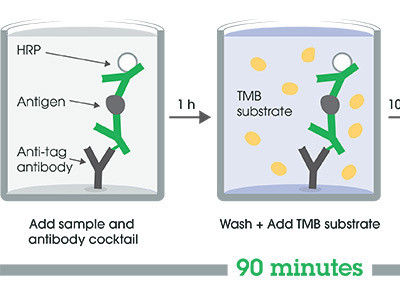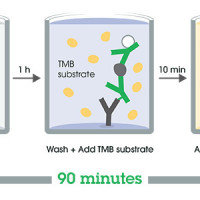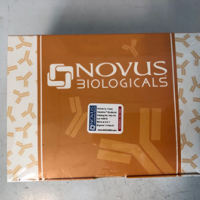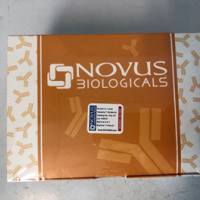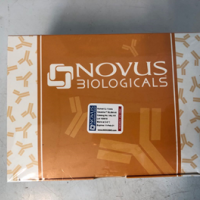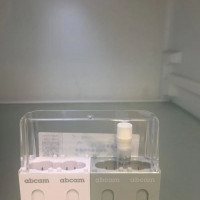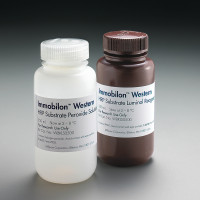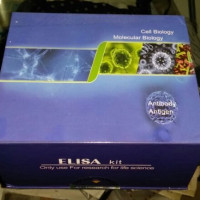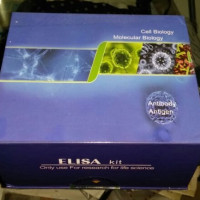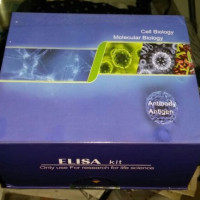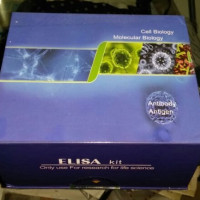-
检测方法
Colorimetric -
精确度
批次内 样品 n Mean SD CV% PBMC media 8 2.5% 批次间 样品 n Mean SD CV% PBMC media 3 3.1% -
样品类型
Cell culture supernatant, Serum, Heparin Plasma, EDTA Plasma, Citrate Plasma -
检测类型
Sandwich (quantitative) -
灵敏度
4.32 pg/ml -
范围
15.63 pg/ml - 1000 pg/ml -
回收率
特定样本回收率 样品类型 平均% 范围 Cell culture supernatant 110 105% - 113% Serum 88 83% - 93% Heparin Plasma 98 89% - 110% EDTA Plasma 100 95% - 104% Citrate Plasma 91 86% - 97% -
检测时间
1h 30m -
实验步骤
One step assay -
种属反应性
与反应: Human, Monkey
不与反应: Mouse, Rat -
产品概述
Abcam’s TNF-alpha in vitro SimpleStep ELISA® (Enzyme-Linked Immunosorbent Assay) kit is designed for the quantitative measurement of TNF-alpha protein in Human serum, plasma and culture media.
The SimpleStep ELISA® employs an affinity tag labeled capture antibody and a reporter conjugated detector antibody which immunocapture the sample analyte in solution. This entire complex (capture antibody/analyte/detector antibody) is in turn immobilized via immunoaffinity of an anti-tag antibody coating the well. To perform the assay, samples or standards are added to the wells, followed by the antibody mix. After incubation, the wells are washed to remove unbound material. TMB substrate is added and during incubation is catalyzed by HRP, generating blue coloration. This reaction is then stopped by addition of Stop Solution completing any color change from blue to yellow. Signal is generated proportionally to the amount of bound analyte and the intensity is measured at 450 nm. Optionally, instead of the endpoint reading, development of TMB can be recorded kinetically at 600 nm.
-
说明
TNF-alpha, also known as cachectin or TNFSF1A, is the prototypic ligand of the TNF superfamily which plays a central role in inflammation, apoptosis, proliferation, invasion, angiogenesis, metastasis and morphogenesis. It is expressed on macrophages, endothelial, epithelial and tumor cells as a 26kDa transmembrane protein. TNF-alpha is cleaved by proteolytic processing into six chains: (1) TNF membrane form, (2) Intracellular domain 1, (3) Intracellular domain 2, (4) C-domain 1, (5) C-domain 2 and (6) TNF soluble form. Signaling from TNF-alpha differs depending on the type of ligand initiating the signaling event (intracellular, membrane or soluble). As an example, the membrane form of TNF-alpha appears to mediate anti-tumorigenic therapeutic responses whereas the soluble ligand is linked to inflammation and proliferation.

